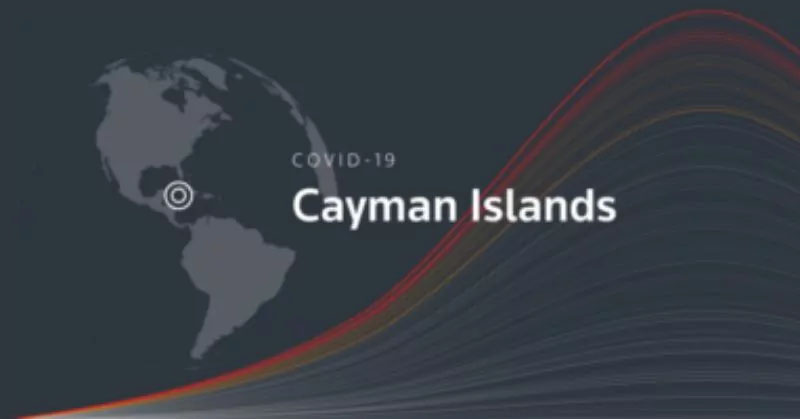COVID-19 in the Cayman Islands
On March 11, when the World Health Organization announced that the COVID-19 outbreak had reached the level of a pandemic and public health experts urged governments to take immediate aggressive action, Cayman had no need to be reactive.
The government had already implemented COVID-19 regulations about a week and a half prior to the announcement, despite not having yet identified a single case of the virus within its borders.
But just one day later, a 68-year-old cruise ship passenger who was being treated for a cardiac condition at a local health facility tested positive for COVID-19, to which he would succumb within 48 hours.
Within days, schools were closed and public gathering bans of 50 or more persons (later whittled down to 10 or more persons) were implemented. All patients and staff of the local health facility, as well as the people with whom they had come into contact with, were quarantined.
By March 16 2020, amid stories of the rampant spread of the virus at sea and three days after President Donald Trump declared a national emergency in the United States, cruise ships were banned from docking in Grand Cayman. By March 22, Cayman bade farewell to its final visitors for at least an initial 21 days as borders came to a close.
For a country that relies on tourism for about 70% of its GDP and 75% of foreign currency earnings, this decision was difficult—but necessary.
“The lives of our people in the Cayman Islands are our first and foremost concern,” said tourism minister Moses Kirkconnell.
Since this Cayman has retained its closed borders and strict policies, and in the last 12 months have encountered only 612 cases and unfortunately 2 deaths. They have recently become the first Caribbean country to enter heard immunity having vaccinated almost 80% of their population.
Source of first section of story Forbes
